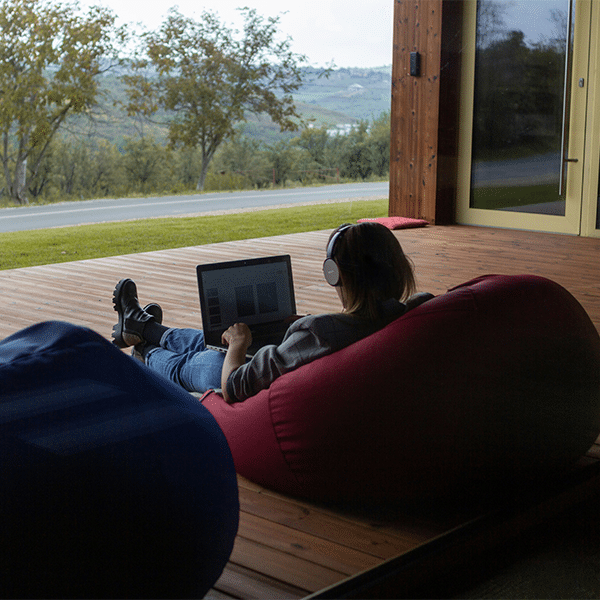Verizon CEO Hans Vestburg outlined Verizon’s strategy at the J.P Morgan Technology, Media and Communications Conference today. Verizon fixed wireless continues to have his attention and Vestberg believes the fixed wireless business has changed for the better thanks to a one network strategy.
The one network strategy refers to Verizon’s focus on building a 5G mobile network built on mmWave and C-band spectrum assets, that can enable fixed wireless as an “add on.” Vestberg said previous fixed wireless models weren’t attractive to companies like Verizon because it generally meant building a second network to offer fixed wireless.
“It’s a unique opportunity which we have never seen in our industry before because of the economics I talked about before,” said Vestberg in today’s interview. “Nobody has been able to build a fixed wireless access in a mobile network, they have usually [built] a separate network.”
Verizon has talked about the promise of fixed wireless for a few years now, with what appears to be somewhat mixed success. The company first launched its 5G Home fixed wireless service almost three years ago. The service has gone through quite a few modifications since then, including a couple of equipment cycles and a bit of a shift in strategy. The company has yet to report how many subscribers have opted for 5G Home.
Vestberg is confident that fixed wireless service will start helping drive growth for Verizon later this year and into next year. In fact, Vestberg sees fixed wireless access as a key strategy for monetizing the company’s 5G network investment.
“Sometimes people ask about when we’ll monetize 5G, we’re already doing it, remember that,” says Vestberg. “Fixed wireless access, we’re saying it all the time, we will start seeing some movement on that later this year and then in [2022] we will start seeing that as a more important piece of our growth.”
Vestberg says in theory, the company could offer fixed wireless anywhere it has a mobility network. The initial Verizon fixed wireless opportunity was pegged at 30 million homes, but Verizon executives recently raised the potential to 50 million homes.
That expanded opportunity is thanks to adding 4G fixed wireless access to the equation, as well as the addition of C-band spectrum to Verizon’s spectrum portfolio. C-band spectrum provides a broader reach. Initial 5G Home service was based on short range mmWave spectrum.
Verizon has suggested it will go on the offense with fixed wireless, hoping to take on cable company dominance in residential broadband access in major markets. Outside of its fiber footprint in the Northeast, Verizon has little wireline broadband assets to take on cable.
AT&T Sees Fixed Wireless Differently
AT&T CEO John Stankey also shared some views on fixed wireless at the J.P Morgan conference yesterday. AT&T has not been a recent advocate of broad use of fixed wireless, but the company has a very limited fixed wireless offering for rural markets funded through the CAF program. It appears the company may try to build on that.
Stankey now says fixed wireless will play a larger role in the company’s future, although the strategy looks to be very different than Verizon’s take. AT&T appears to be looking to fixed wireless as a way to retire DSL in its non-fiber markets, rather than go on the offense in urban areas. The company has already stopped taking new orders for DSL.
“You know, we’re not as robust in our point of view on what fixed broadband can do in urban and highly attractive suburban areas, but what we do believe is that fixed wireless plays a role in other parts of our footprint. And there’s no question where we’ve had lower speed, you know, DSL, . . . that a fixed wireless solution in the outer reaches of what used to be ILEC footprint, could be a good solution for us, and for those customers,” according to a Seeking Alpha transcript of Stankey’s interview.




